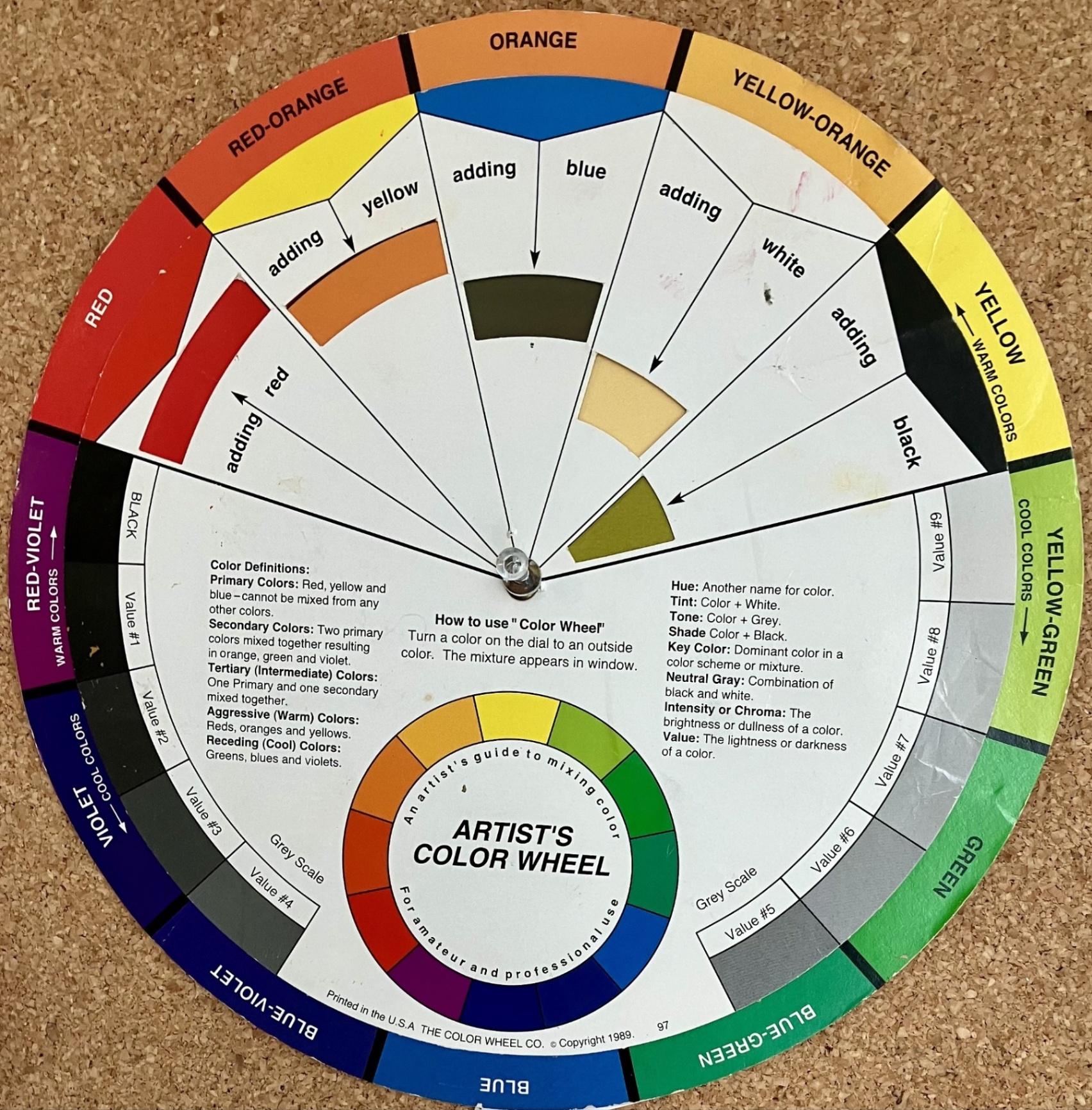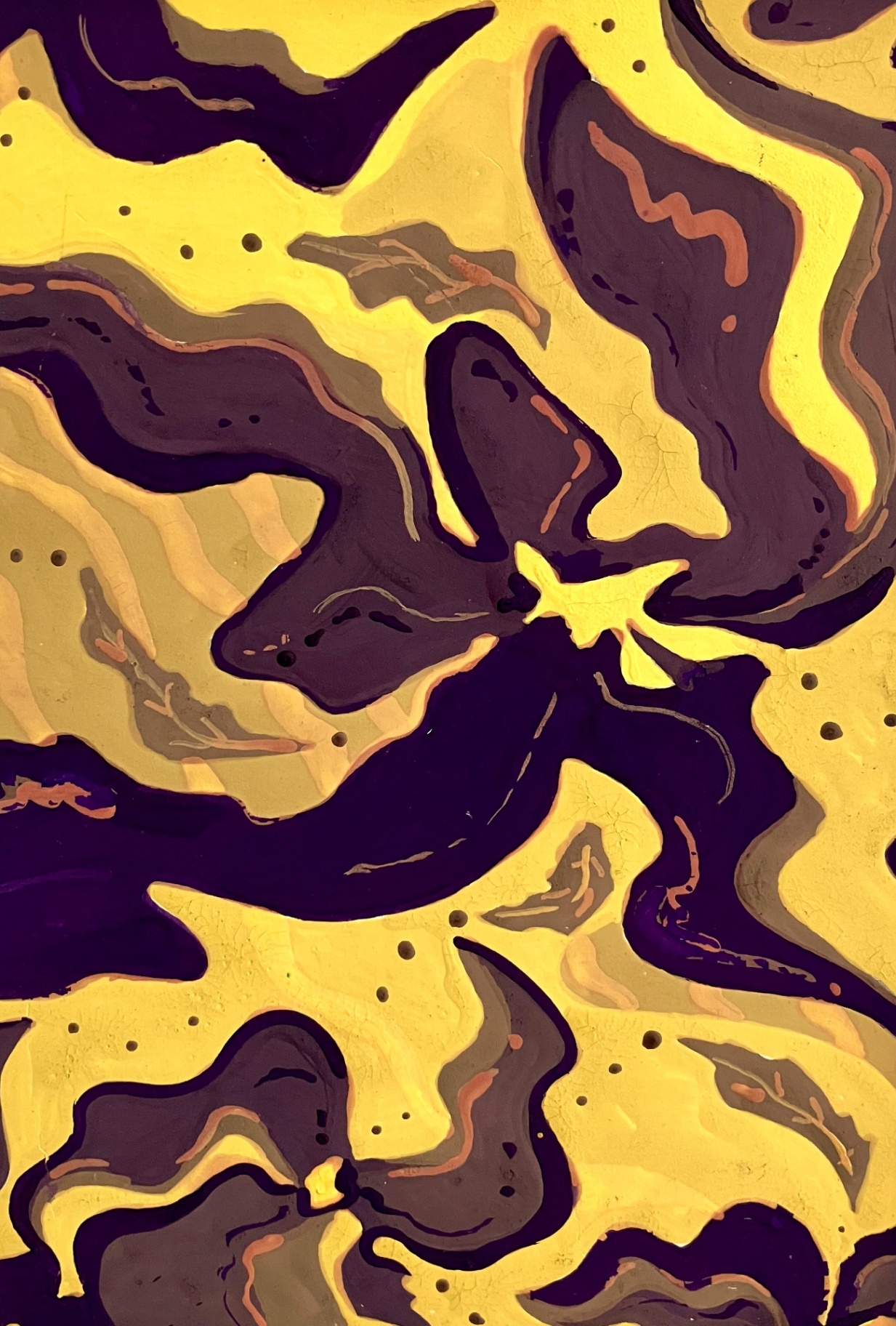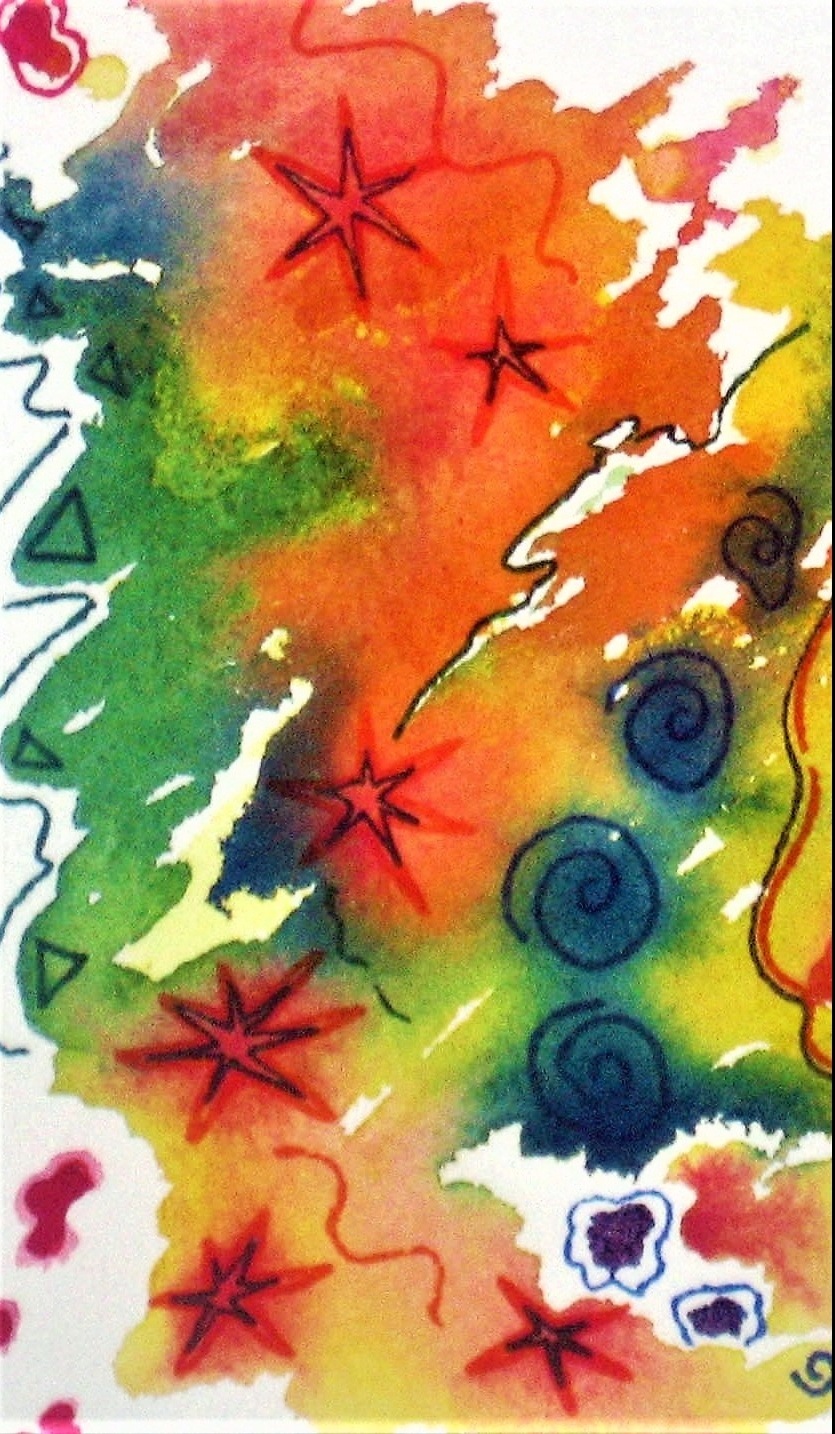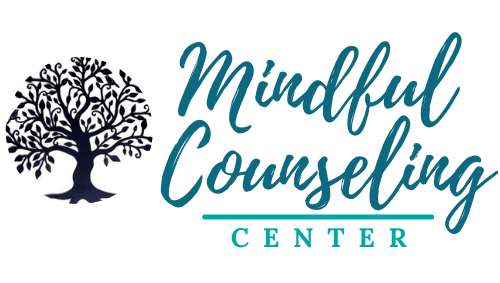Explore Contrast and Balance
If you are feeling creative, one fairly simple activity that you might find interesting and fun is working with color and shape to explore contrast and balance. You can do this activity from a purely visual perspective or you can take it further, adding a reflective component by thinking philosophically about the contrasts in your life and how to balance them.
You need not consider yourself an artist to do this activity. Its abstract nature can free you up from feeling pressure to draw or paint something specific or realistic.
 To do this project, get familiar with complementary color contrasts. It is easy: Looking at the color wheel (which is based on color theory), the complementary contrast for each color is the color directly opposite of it on the wheel. So, the pairs of complementary contrasting colors on the wheel are:
To do this project, get familiar with complementary color contrasts. It is easy: Looking at the color wheel (which is based on color theory), the complementary contrast for each color is the color directly opposite of it on the wheel. So, the pairs of complementary contrasting colors on the wheel are:
- Red and Green
- Red-Orange and Blue-Green
- Orange and Blue
- Yellow-Orange and Blue-Violet (Purple)
- Yellow and Violet (Purple)
- Yellow-Green and Red-Violet (Purple)
- White and Black
For more on color theory, see https://watercoloracademy.com/watercolor-academy-news/color-theory-contrasts-of-colors. Scroll down to Complementary Contrast to see an illustration of how you might use different hues/shades of contrasting colors to achieve more dynamic results.
Basic Instructions for this Activity
First, gather your supplies: paper, pencil and art mediums you prefer to produce color (crayons, oil or chalk pastels, colored pencils, markers, paints, etc.).
Find somewhere with a flat surface you can create your art. You may or may not want a quiet or private place to do this project.
Start the project by drawing or doodling abstractly or the paper.
Then, pick the complementary color combination(s) you wish use to explore contrasts and balance in your abstract drawing/doodle.
- Look at your drawing/doodle as a whole, considering how you might use your selected color combinations and the shapes in the doodle/drawing to achieve interesting contrasts.
- Also, think about how to use color and shapes to achieve a feeling of overall cohesiveness and balance.
Get started with coloring, working at your own pace. If you are not finished by the end of the time you have, you can always return another time to finish up.
 Examples
Examples
In the first example here, the drawing is abstract flowers and leaves with a yellow and violet/purple color combination. Notice that the colors are not just the pure hues of yellow and violet/purple, but several hues of each color. The paint used was gouache (which is like an opaque watercolor). There was clearly an effort to create a balanced, overall appealing piece.
The other example (below) is a more free form doodle, with no intended subject. It plays around with contrasting a few different color combinations in a pleasing way (using watercolor paint and markers).
Adding a Reflective Component
If you want to add a reflective component to the project, one idea is to contemplate areas of your current life that bring you joy, feelings of achievement, and contentment with areas of your life that bring you suffering, stress, hardship and/or sadness.
 Related: You might review our blog, https://mindful-counseling-center.com/balancing-suffering-with-healthy-habits/, before getting started. It can help frame the contemplation.
Related: You might review our blog, https://mindful-counseling-center.com/balancing-suffering-with-healthy-habits/, before getting started. It can help frame the contemplation.
You could begin by journaling about this contemplation and then move into drawing/painting. Pick one color hue to be the positive in your life and the complementary contrasting color hue to be life’s hardships. There are probably areas of your life that feel somewhere in between the good and hardships; you can use more muted color hue for such areas.
As you get started with adding color to the shapes in the drawing/doodling, think of how you currently mentally balance the good and hard in your life, so that you can carry on in a healthy fashion and even thrive. How can you illustrate balance in your drawing/doodle between the good and the hard stuff in your life? Some things to consider: What is working for you in your efforts to maintain your mental balance? What areas do you need to repair the balance? What might that repaired balance look like and how you can get there?
Article and Images by Kristin Littel
